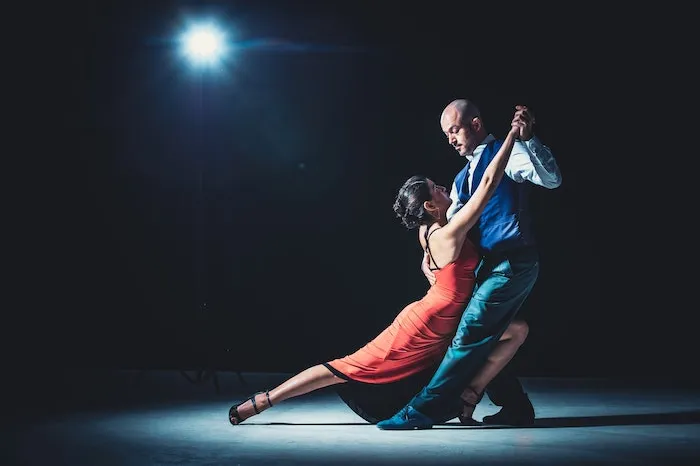
Marietta College's Office of Diversity and Inclusion is hosting, "The Rhythms of Latin America," a program that is designed to be an entertaining and informative survey of the major styles of Latin and Afro-Caribbean dance. The event will be on Tuesday, October 1, from 5:30–6:30 p.m. in the Alma McDonough Auditorium. Audience members will be given a sample of at least four different dance styles during this event, including:
- Salsa — a Latin American dance associated with salsa music. It originated in the late Eastern Cuba and gained popularity in New York in 1960. Salsa is a mixture of Cuban dances, such as mambo, Pachanga, and Rumba, as well as American dances, such as swing and tap.
- Mambo — a Latin dance of Cuba that was developed in the 1940s when the music genre of the same name became popular throughout Latin America. The original ballroom dance, which emerged in Cuba and Mexico, was related to the danzón.
- Samba — the ballroom dance of Brazilian origin, popularized in western Europe and the United States in the early 1940s. Characterized by simple forward and backward steps and tilting, rocking body movements, it is danced to music in 4/4 time with syncopated rhythm.
- Tango — a dance that has influences from African and European culture. Dances from the Candombe ceremonies of former African enslaved people helped shape the modern-day tango. The dance originated in working-class districts of Buenos Aires and Montevideo.
- Rumba — a ballroom dance that originated in Cuba and is known for its slow, sensual rhythm, fluid movements, and hip action. It's often called the "dance of love" because of its intimate connection between partners and expressive body language.
- Cha–Cha–Cha — the Latin ballroom dance most frequently taught in dance schools around the world. The steps are compact and based partly on the rumba and mambo, with plenty of hip and pelvic movements. The basic forward movement is supplemented with various turns, dips, and slides.
- Bachata — very sensual in nature, this popular style of dance originated in the Dominican Republic and is now known worldwide. Being that it is danced all over the world, there are many variations of the style.
Each style will be accompanied by an exploration of its origins, the traditional music the dance is built on, traditional clothing, and standard instrumentation. The performing couple will put all the pieces together and perform an example of each dance. Many of these dances have been woven into the American popular culture, and the same can be said about the music. This program is designed to give the audience a more detailed and interconnected look at this specifi element of Latin culture. Given the time constraints and possible Q&A, there may not be enough time to go through every style.